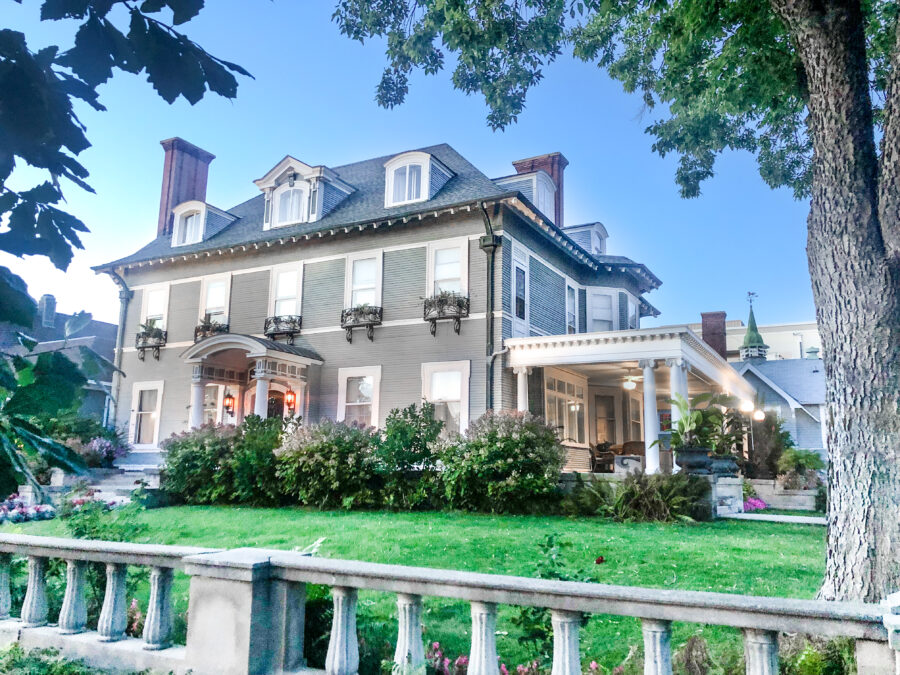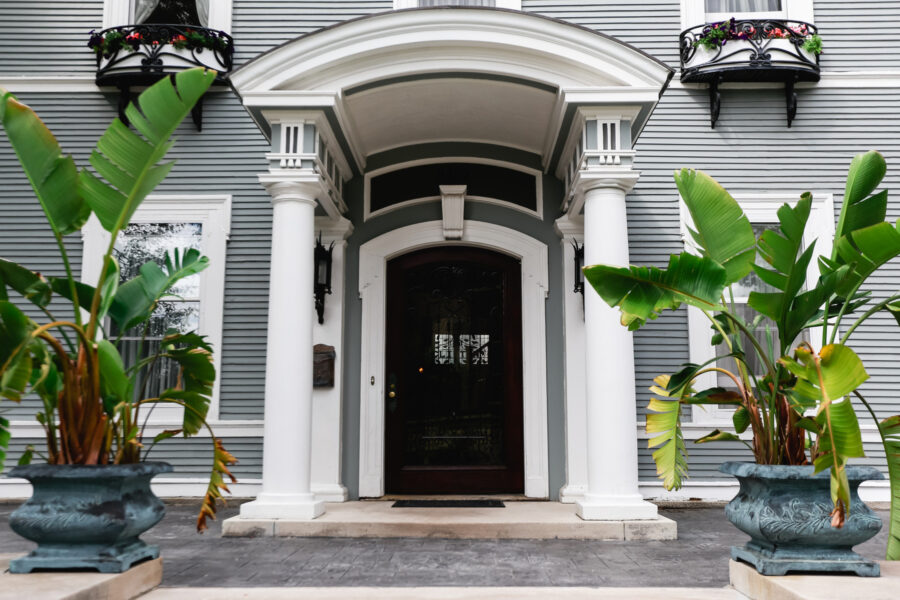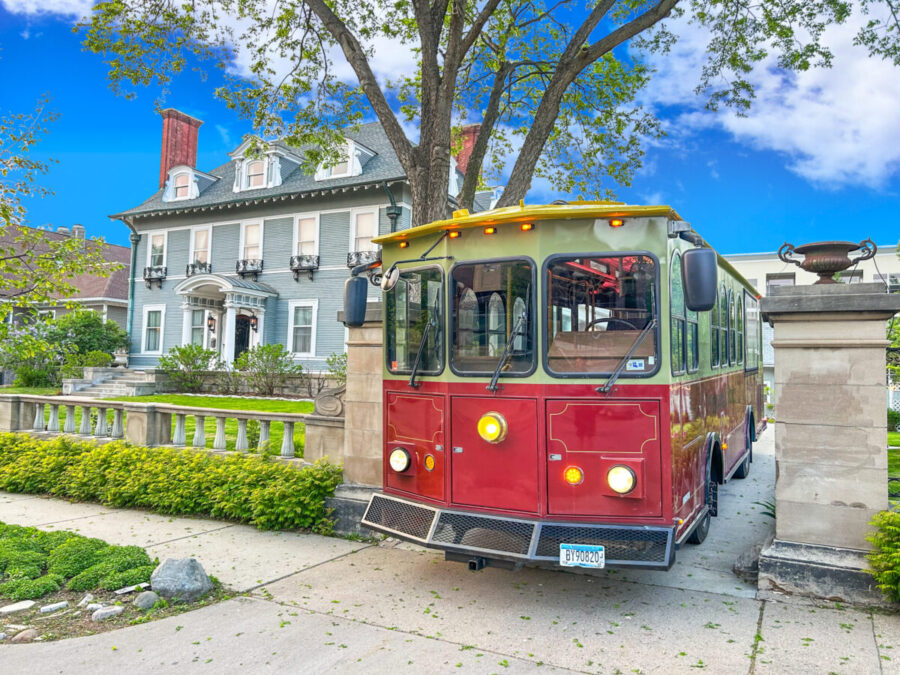300 Clifton Bed and Breakfast is the only Bed and Breakfast in Minneapolis. Why is that? It all started over 100 years ago and has some very interesting historical roots.
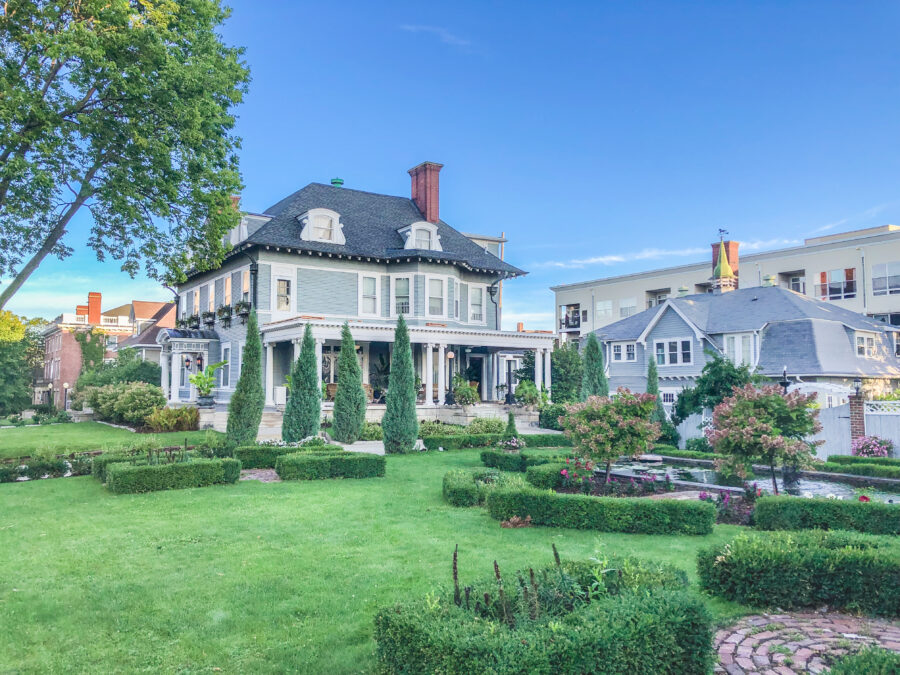
For 100 years from the mid 1800’s through to the 1900’s, Minneapolis was a town fueled by transient labor. Building the railroads, logging, sawmilling, grain milling, and bonanza farming were heavily seasonal jobs. Minneapolis was full of jobbers who recruited for various industries and moved manpower around on trains around the Midwest. In many industries, workers would not get paid until they returned to Minneapolis to collect their check. With hard work in logging camps and farm fields interspersed with fat checks back in the Big City, revelry ensued.
Skid Row Lures the Workers
In order to attract the seasonal workers to Minneapolis, the city became a hive of every vice imaginable that would lure the rootless men of the Wild West. For blocks and blocks and blocks along the riverfront in Minneapolis was a huge area colloquially referred to as Skid Row. Skid Row contained hundreds of bars, flop houses, gambling houses, pawn shops, Church food kitchens, and especially brothels.

Brothels were the Highlight of Skid Row
Minneapolis brothels pushed all boundaries. They allowed interracial sex, they featured live sex shows, and live can-can dancing, like burlesque clubs gone extreme. Not just the wild working men frequented the bordellos. Even Minneapolis elite would travel to Skid Row to partake of the host of fascinating brothels.
Even though many rich men frequented the bordellos, there was a constant caw around the city to clean up Skid Row, and especially the brothels. It was also believed that the transient working men without families needed brothels. It wasn’t until Minneapolis became less reliant on the seasonal worker industry that the city was able to begin stamp out prostitution. For a long time prostitution was illegal in Minneapolis, but the Madams and prostitutes paid their weekly fines and kept their businesses operating unphased.
Bordellos Move Underground
With new laws coming out making bordellos illegal, and enforcement ratcheting up, the prostitution business transitioned into less overt spaces. One such covert arrangement was a home, owned by a woman, the Madam, who rented out rooms by the night. These were unlike a boarding house which rented by the week. In essence the Madam was running a Bed and Breakfast type of establishment where the breakfast was a postitute. Customers were not expected to stay until the morning.
Minneapolis Bed and Breakfast Banned
Soon law enforcement caught onto the ruse and banned bed and breakfasts altogether. The city established layers of laws which restricted the bed and breakfasts on so many levels that it was impossible to operate one. Ordinances heavily restricted how many rooms a bed and breakfast could contain, which zoning areas were acceptable for bed and breakfasts, fire codes for bed and breakfasts, and many other layers of ordinances. The objective was not to make bed and breakfasts safe, but rather impossible. So, for nearly 100 years, Minneapolis never established a bed and breakfast district.
Baby Out with the Bathwater
In the 1950’s Minneapolis found the perfect tool to finally purge itself of all of the vice in Skid Row. Through Urban Renewal Minneapolis demolished 40% of all of its buildings, and 60% of its original buildings. 25 entire blocks were destroyed including 7000 residences and displacing 23,000 people! Part of the cleansing included a rich cadre of historic homes along the route of the two interstates. Imagine a city so full of vice and corruption that the solution is destroying half of the buildings in the city! Many, many more historic homes have been destroyed since because adequate uses for the mansions was not found. What if it was possible to make them bed and breakfasts?
300 Clifton Bed and Breakfast Changes the Laws
In 2013 300 Clifton Bed and Breakfast was up against mountains of ordinances and reams of red tape to become a Bed and Breakfast. To the credit of Minneapolis City governance, city staff and elected officials quickly saw how detrimental the laws were to preservation, and housing. In a short period of time, ordinances which stood for a century were unraveled to allow for 300 Clifton Bed and Breakfast, and other bed and breakfasts too. The laws have had a huge impact on Minneapolis allowing boutique hotels to enter the city for the first time. The bed and breakfast laws also allowed accessory dwelling units (ADUs) in homes again. The bed and breakfast laws saved carriage houses by allowing two buildings to reside on a single parcel and both be occupied. The bed and breakfast laws allowed vacation rentals for the first time in Minneapolis. Vacation rentals are unlike bed and breakfast in that the host is not at the building during the guest’s stay.

Bed and Breakfasts in Minneapolis – Still Just One
Despite all of the laws changing, there is still just one bed and breakfast in Minneapolis, 300 Clifton bed and Breakfast. With the advent of Airbnb in Minneapolis and VRBO in Minneapolis, as well as several wonderful boutique hotels like the Hewing Hotel and Oaklands on 9th, there are lots of other businesses which can save old buildings. The City of Minneapolis showed great foresight overturning countless ordinances to help preserve old buildings and offer small business opportunities to entrepreneurs.
300 Clifton Bed and Breakfast – Almost Destroyed
There almost weren’t any Minneapolis bed and breakfasts, because 300 Clifton narrowly dodged the wrecking ball three times. Even early this century, 300 Clifton was in such bad disrepair that the neighborhood group CLPC raised $60,000 to reroof the mansion hoping to stave off its collapse until it found a new owner. In the 1960s Summit House Towers were slated to be built on the site, but it was deemed too close to the future interstate for structural reasons and the project was moved a little further down Clifton Ave, on top of the magnificent Frederick W Clifford Mansion instead. Clifford was the founder of Cream of Wheat.

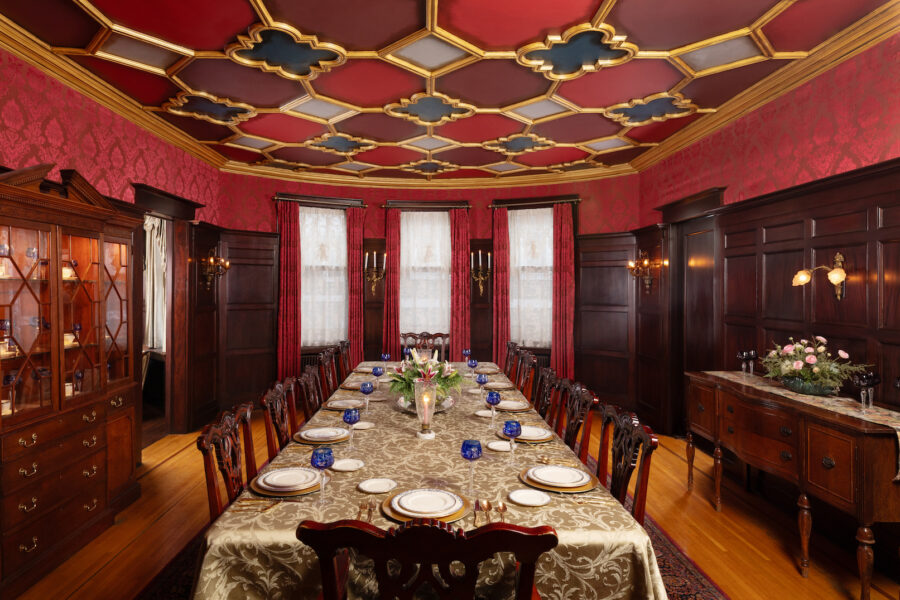
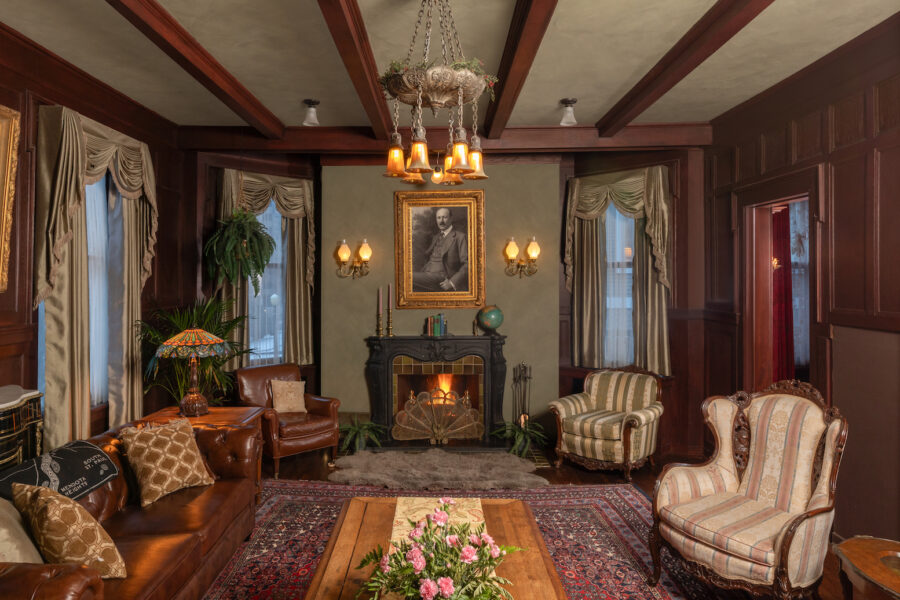
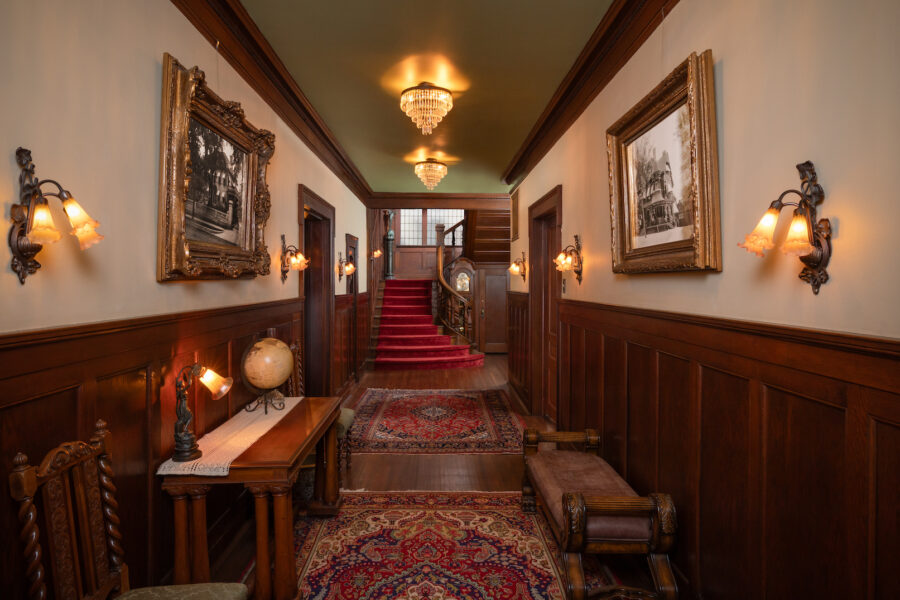
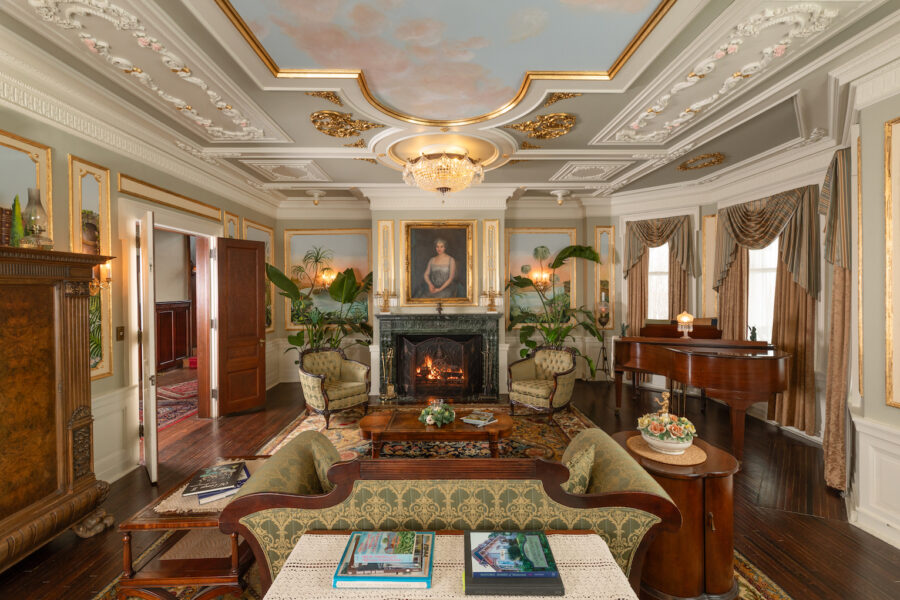
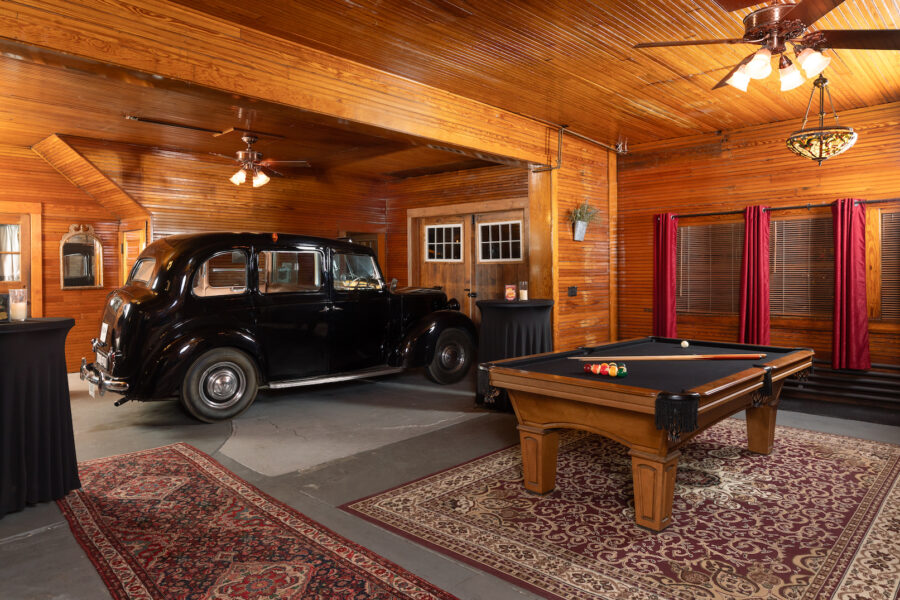
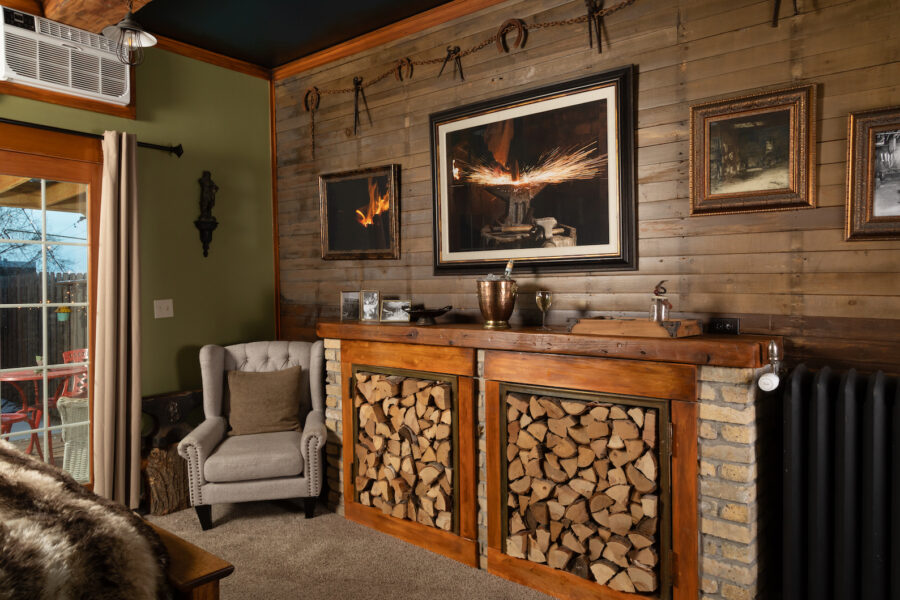

300 Clifton Bed and Breakfast Restored
Since 2013, the important historic mansion at 300 Clifton has been restored to its original floorplan after 70 years as offices and rooming house / apartments. Items like original paintings, artwork, tables, chairs, nightstands, end tables, dressers, desks, vanities, books, lighting, clothing, statuary, and dishes have been returned to the restored mansion. The luxurious main mansion, utilitarian servants quarters, and industrial carriage house are all accessible to guests and visitors to experience in their original state. As the premier bed and breakfast in Minnesota, and the only bed and breakfast in Minneapolis, 300 Clifton is an important museum house to experience and understand our past.
Minneapolis Bed and Breakfast on the Historic Register
Furthermore, 300 Clifton is the most important surviving mansion in Minneapolis. Eugene J Carpenter is responsible for establishing the Minneapolis Institute of Art in 1915. He set Minneapolis on a trajectory as an arts town with his brother Elbert Carpenter (mansion next door) who established the Minneapolis Symphony Orchestra, today the Minnesota Orchestra. Together the two men started traditions, passed laws and ordinances, and changed the City Charter to make Minneapolis the arts powerhouse it is today.
Thank you for being interested in the fascinating history of Minneapolis and urban planning. We hope that you will help support historic preservation by staying at 300 Clifton Bed and Breakfast, or going on a tour at Minneapolis Trolley Tours.



